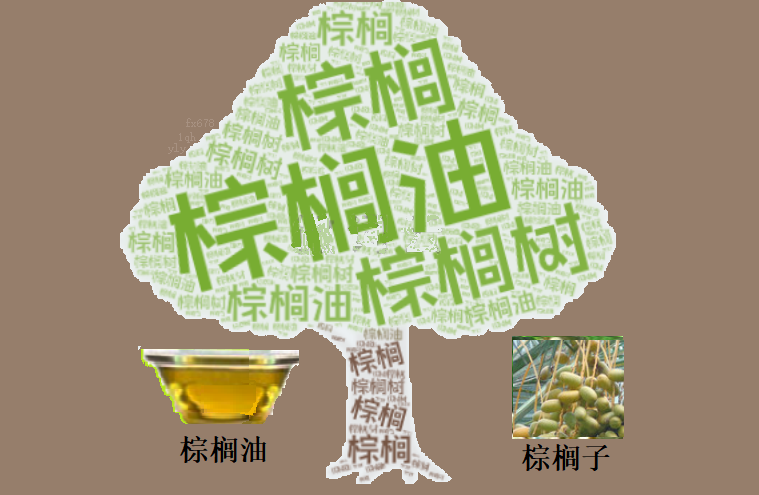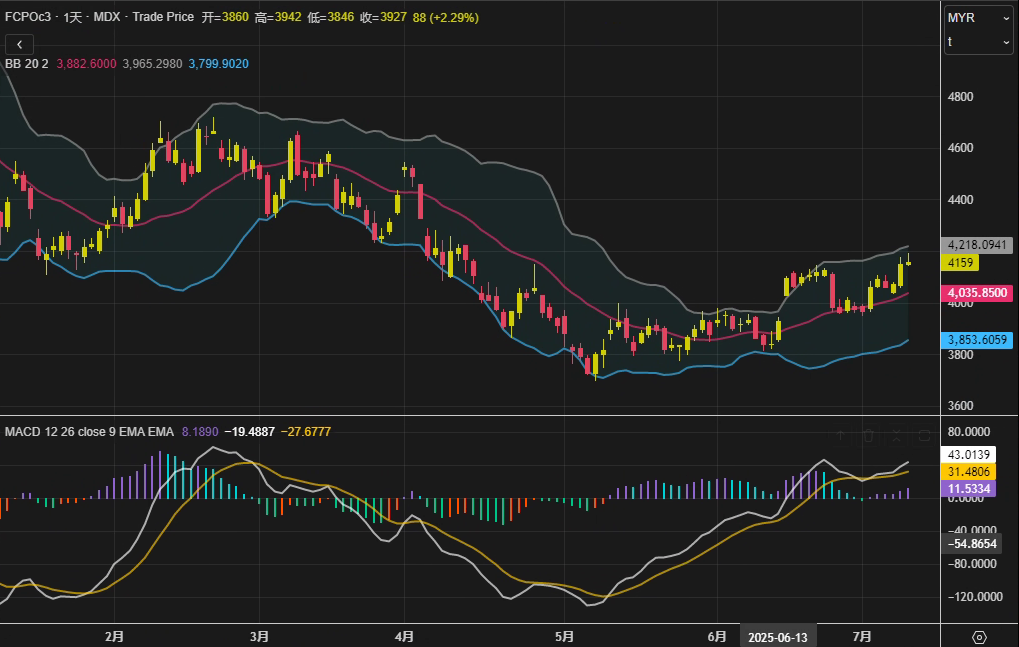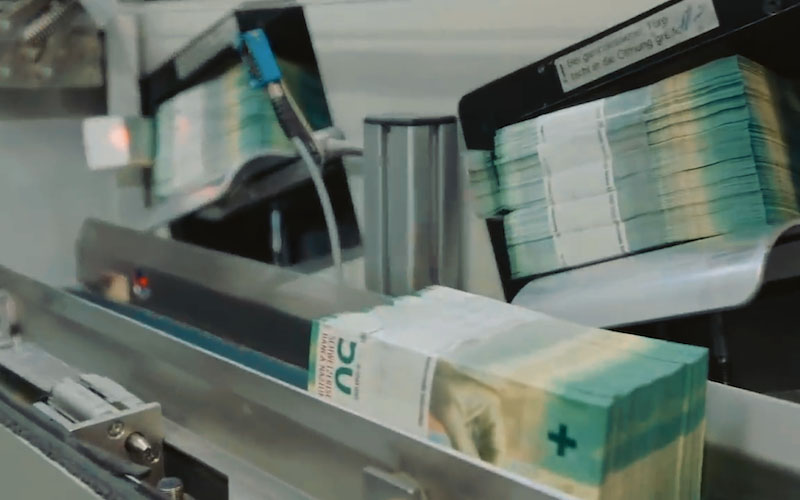Amid the Indonesian tariff crisis, are palm oil bulls facing a "golden window"?
2025-07-09 19:12:53

Price logic under the interweaving of long and short factors
1. Double boost from continuous trading of oil and fat and exchange rate <br/>Dalian Commodity Exchange RBD palm oil refined oil (DCPU5) rose 1.45% during the day, and soybean oil contract (DBYU5) rose slightly by 0.15%, providing direct support for BMD palm oil. Kuala Lumpur traders pointed out that the seasonal recovery of China's import demand and the easing of domestic inventory pressure have boosted the buying sentiment of continuous trading of oil and fat. In addition, the ringgit depreciated by 0.26% against the US dollar on the same day, further enhancing the price competitiveness of Malaysian palm oil in the international market.
2. Competition and differentiation of oils and fats restricts the upward space <br/>Although palm oil has a substitution relationship with soybean oil and rapeseed oil, the price of soybean oil on the Chicago Board of Trade (CBOT) fell by 0.74%, reflecting the suppression of the recovery of soybean crushing volume in South America and the swing in the expected biodiesel policy in the United States. Well-known institutional technical analysts pointed out that if BMD palm oil breaks through the resistance level of 4195 ringgit, it may further rise to the range of 4219-4233 ringgit, but we need to be wary of the drag effect of the soybean oil market.
Industry dynamics: Indonesia's export policy disrupts supply chain
The Indonesian Palm Oil Association said on Tuesday that the US's proposed 32% tariff on Indonesian goods may lead to a contraction in its export share, and Malaysia may benefit from it. This expectation has intensified the market's discussion on the restructuring of the regional supply structure. However, Indonesia has not yet adjusted its export quota, and the actual impact still needs to be observed in the implementation of the policy.
Institutional Viewpoints
Technical analysts believe that palm oil's short-term technical pattern is strong, but there is hedging pressure above 4,200 ringgit, and it is necessary to pay attention to changes in capital flows and positions.
Industry insiders stressed that the Southeast Asian production areas will enter a production increase cycle in the third quarter. If exports fail to increase simultaneously, accumulated inventories may suppress the sustainability of the price rebound.
The current palm oil market is in a game between "strong reality" and "weak expectations": the short-term strength of the continuous oil and the exchange rate environment provide support, but the weakness of competitive oil and the expectation of increased production limit the upward space. Traders need to pay close attention to the trend of US tariff policy and Malaysia's July export data, which may become the key variables to break the current volatile pattern.

- Risk Warning and Disclaimer
- The market involves risk, and trading may not be suitable for all investors. This article is for reference only and does not constitute personal investment advice, nor does it take into account certain users’ specific investment objectives, financial situation, or other needs. Any investment decisions made based on this information are at your own risk.










